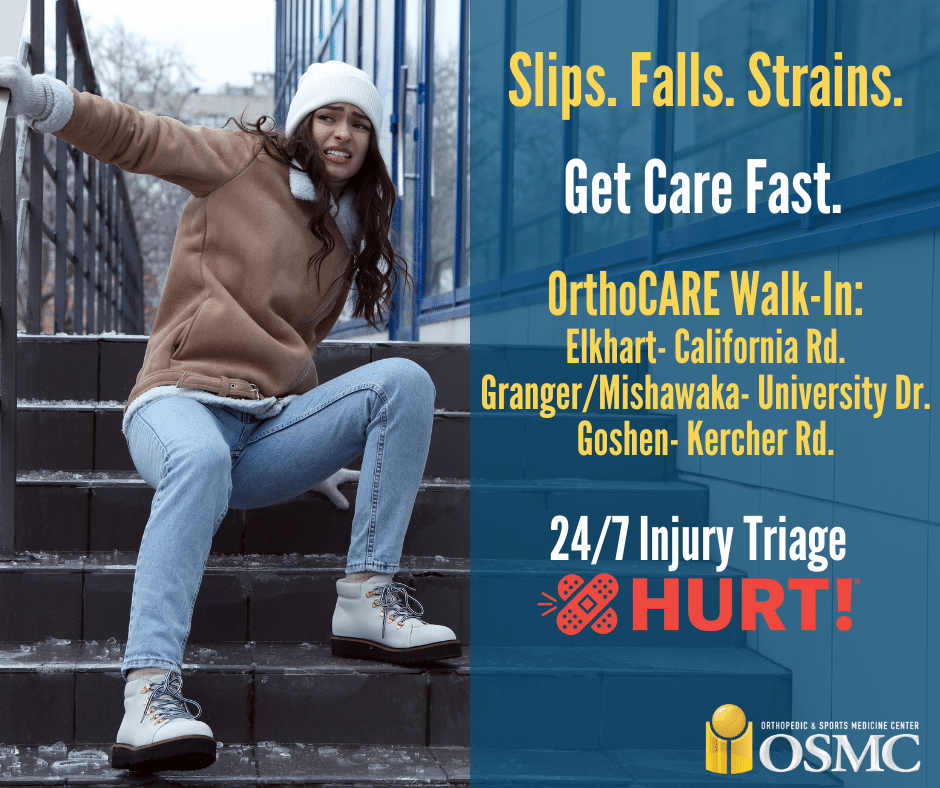Some days aches and pains are enough to keep you from the activities you love. It’s a catch-22 — it hurts to move but moving will help the hurt.
Arthritis is the leading cause of disability for adults in America. It is widespread and encompasses a variety of diagnoses and forms. Generally speaking, arthritis describes inflammation or pain in the joints. Although arthritis is most often seen in females and the older population, it does affect all ages, sexes, and races.
The most common symptoms of arthritis include swelling, pain, stiffness, and decreased range of motion. Symptoms may come and go, and their severity can remain consistent or worsen throughout the years. Severe arthritis can lead to chronic pain and difficulty performing everyday activities, such as walking, squatting, and climbing stairs.
The good news is that arthritis is not a life sentence for inactivity. With the help of a licensed physical therapist, many people can maintain an active lifestyle and continue to do all the things that are important to them. A physical therapist is a licensed professional who works to improve the function and mobility of their patients. Through proper stretching, strengthening, manual therapy, and education, physical therapists promote independence and maintaining an active lifestyle.
When a person sees a physical therapist, they are examined and assessed based on their strength, range of motion, flexibility, balance and functional abilities. Following this evaluation, the therapist will create an individualized plan of care for the patient to address their limitations and work towards their unique personal goals.

According to LouAnn Fisher, OSMC’s Director of Rehabilitation Services and a practicing physical therapist, the general goals of physical therapy for a patient with arthritis typically include increasing the mobility of the affected joints, increasing flexibility and strength around the affected joint to better support them, maintaining fitness, and addressing any functional limitations the patient may experience.
“To accomplish these goals, we use a variety of techniques and approaches,” explained LouAnn. “First, we’ll design a personalized exercise plan to address the strength and mobility deficits found in the patient’s initial exam. Next, we’ll educate our patient on proper body mechanics and posture for common movements and positions they are in throughout the day. We’ll suggest modifications to the patients’ home and work environments, such as ergonomic chairs and desks, instruct in postural corrections and recommend further treatment options such as braces and splints. We will also advise on the use of assistive devices such as canes and walkers as needed.”
Physical therapy is not a “cure” for arthritis, but it can make a big difference for many patients. So, before you throw in the towel and allow your arthritis pain to win, make an appointment with the Physical Therapy department at OSMC for a consultation. Your quality of life is worth it!
Learn more about General Orthopedics >>
This blog post is not intended to provide personal medical advice, professional diagnosis, opinion, treatment to you or to any other individual. It is information for educational purposes only. You should not use this information in place of a consutatation or the advice of a healthcare provider.



